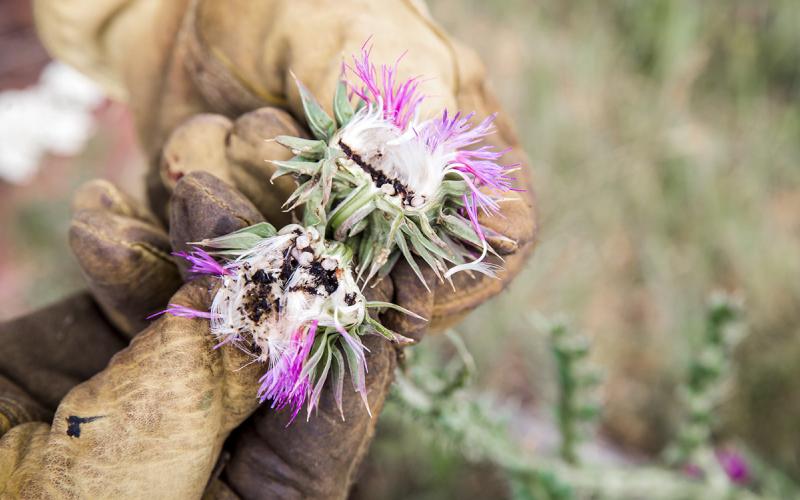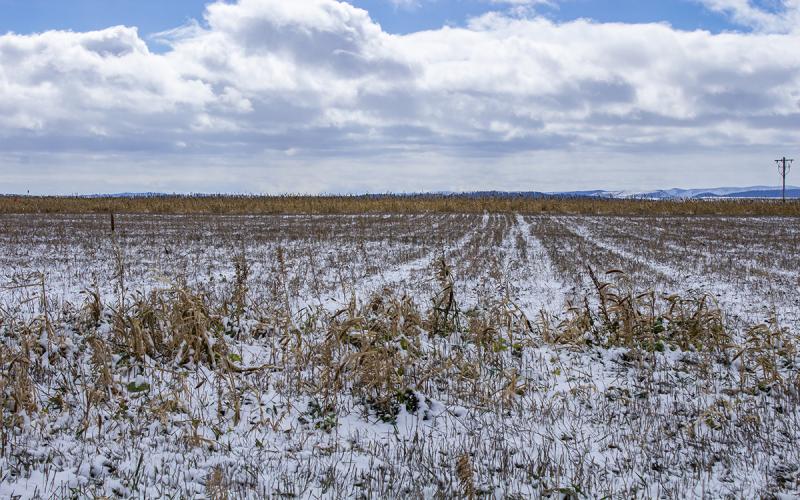Written collaboratively by Eric Jones, Philip Rozeboom, Jill Alms, and David Vos.
The SDSU Extension Weed Science Project is currently conducting a plethora of field research evaluating weed management in soybean. One study is investigating the effectiveness of 2,4-D (Enlist One; 32 fluid ounces per-acre) and tank mixtures applied one time to 4-inch weeds. The applications were done on June 25, 2024. Since 2,4-D has no effect on grass weeds, clethodim (Select; 16 fluid ounces per-acre) was applied on June 28, 2024. Seven days after application, I was evaluating the study and was reminded that this treatment would likely not be effective on a farm scale. The majority of weed species in this study were common lambsquarters and waterhemp; fairly susceptible to 2,4-D. My initial thoughts during the evaluation were, “Great. The weeds are doing the twist and will likely die soon!” But there was a broadleaf weed that was not exhibiting any signs of twisting or curling.
The weed that was not exhibiting symptoms was kochia (Figure 1). Many know that 2,4-D is not effective on kochia, but what was noteworthy is that there were only a few kochia plants throughout this small study.
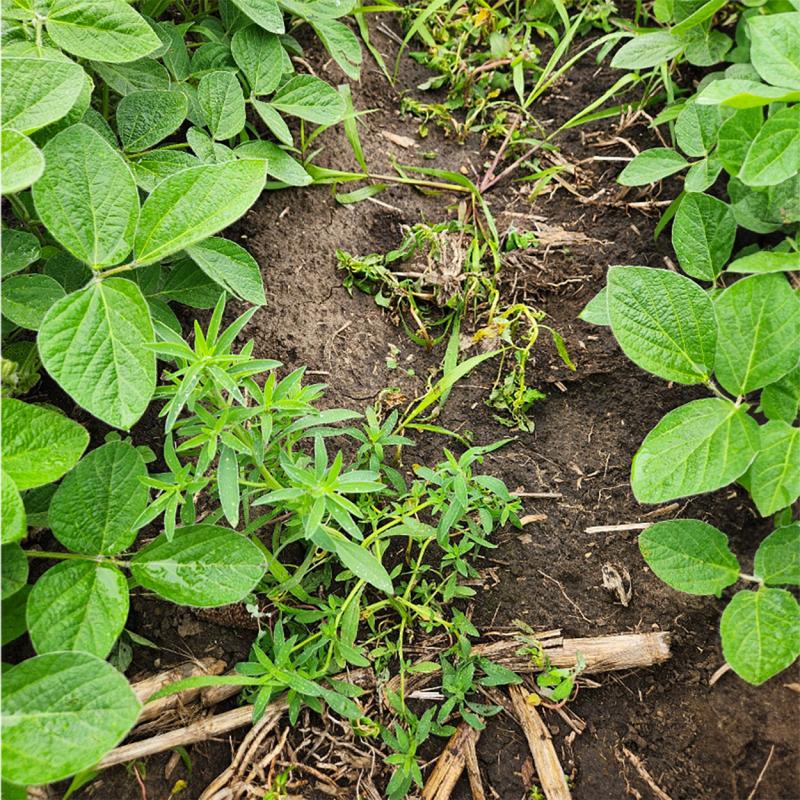
Although there were only a few plants, I started to play “what if” in my head. Even if there were hypothetically 10 kochia plants in this study, and each kochia plant produced 1000 seeds, the kochia problem increases by 10,000 (assume all the seeds are viable and germinate). The study was approximately one-half acre in size, but if we assume that there are 10 kochia plants that survive on a half acre throughout a section (640 acres), the initial relatively small problem of 12,800 kochia plants across 640 acres turns into 12,800,000 kochia plants to manage next year (again, assuming all seeds are viable and germinate).
The “what if” game results seem very doom and gloom, but the results do indeed illustrate the need to implement management tactics that are effective on the whole weed community, not just select species. Within this study, a tank mixture of 2,4-D (Enlist One; 32 fluid ounces per-acre) and glufosinate (Liberty; 43 fluid ounces per-acre) was applied as well. No kochia plants were evident in these plots, but I would assume that this tank mixture would likely be effective (Figure 2). However, if kochia gets too large (more than 4 inches in height), even glufosinate may not be effective enough alone (Figure 3). Later that day, I was walking a study that needed to be weed-free and was reminded that, even if there are weed escapes, there is still an effective tactic; albeit laborious (Figure 4).
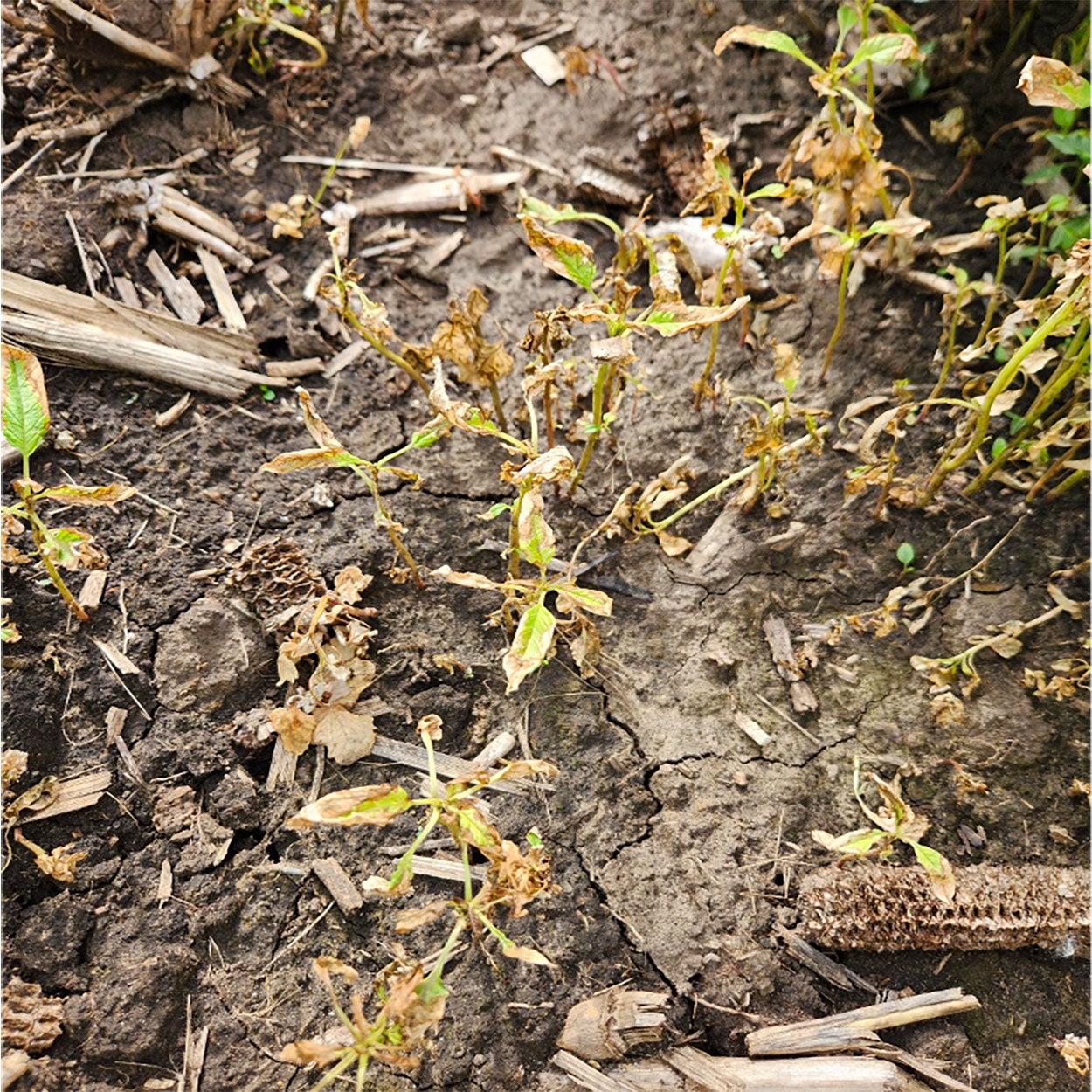
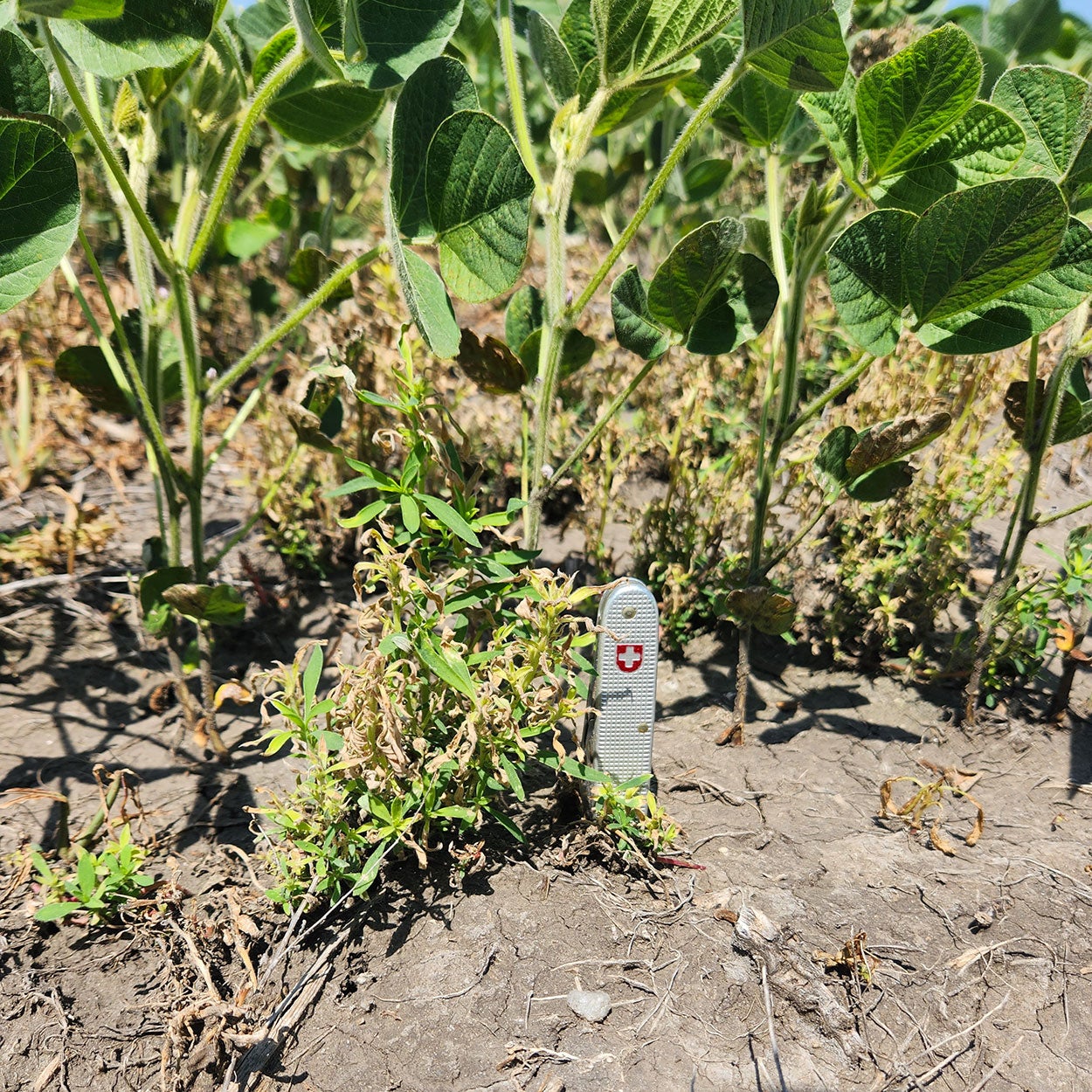
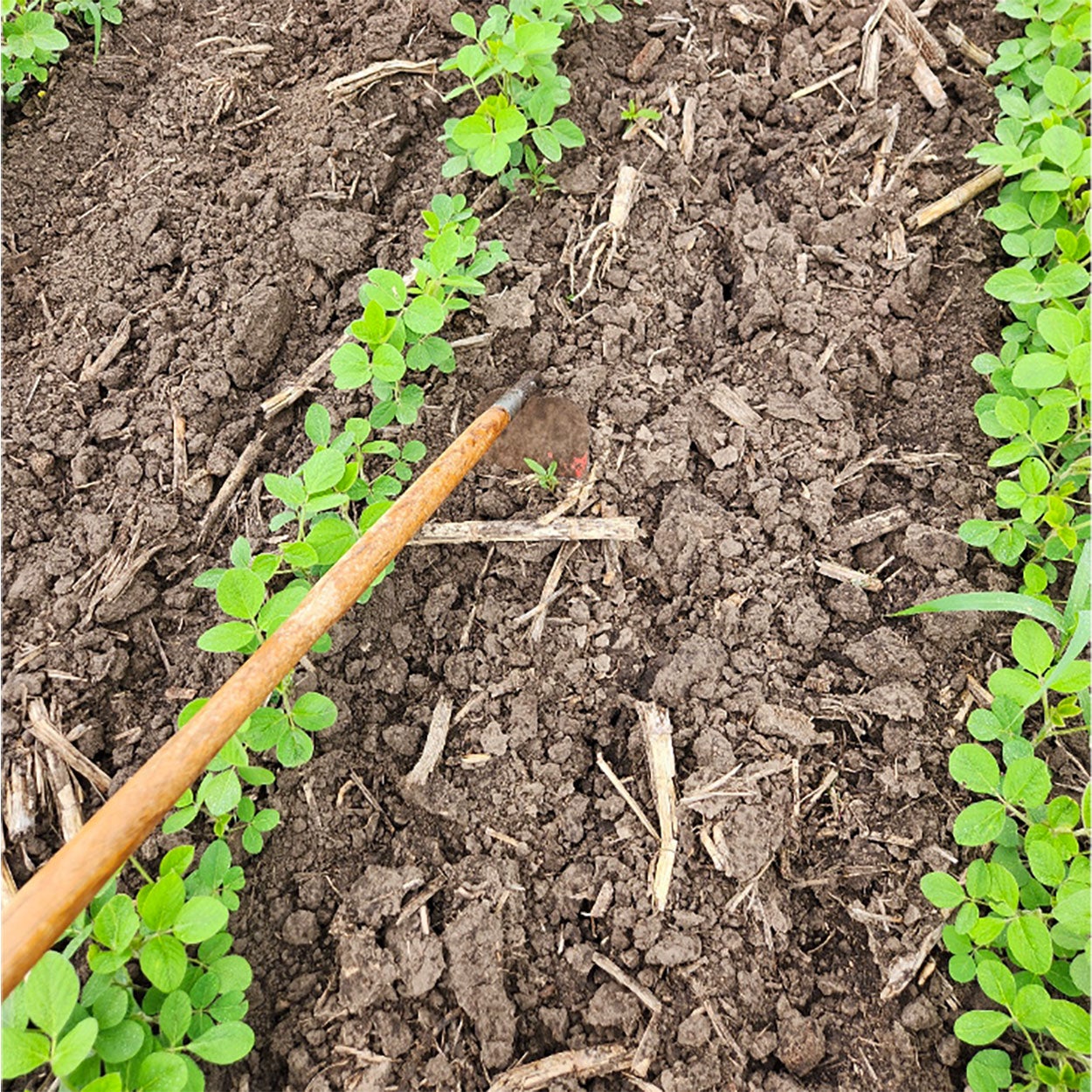
Key Takeaway
Many of the farmers and crop consultants I talk with usually have two to three different herbicides in the tank at the postemergence application (sometimes one of those herbicides is a soil residual to control later emerging weeds). I wanted to use this opportunity as a reminder that what many of you are doing now is a good job. However, if you are currently relying on one herbicide for weed management, consider adding something else to the tank.
